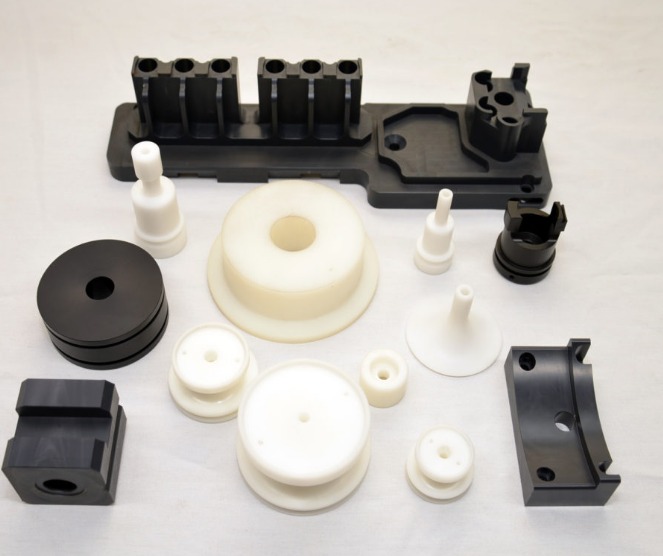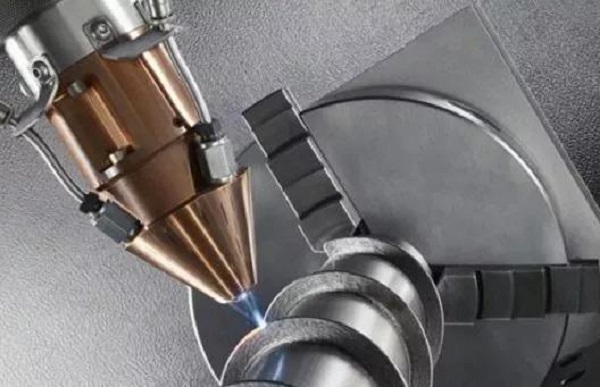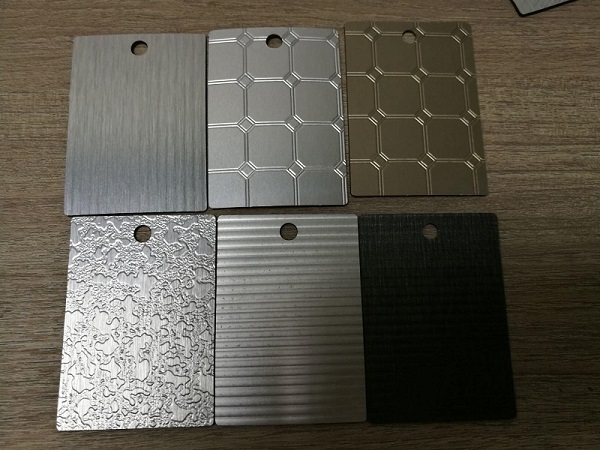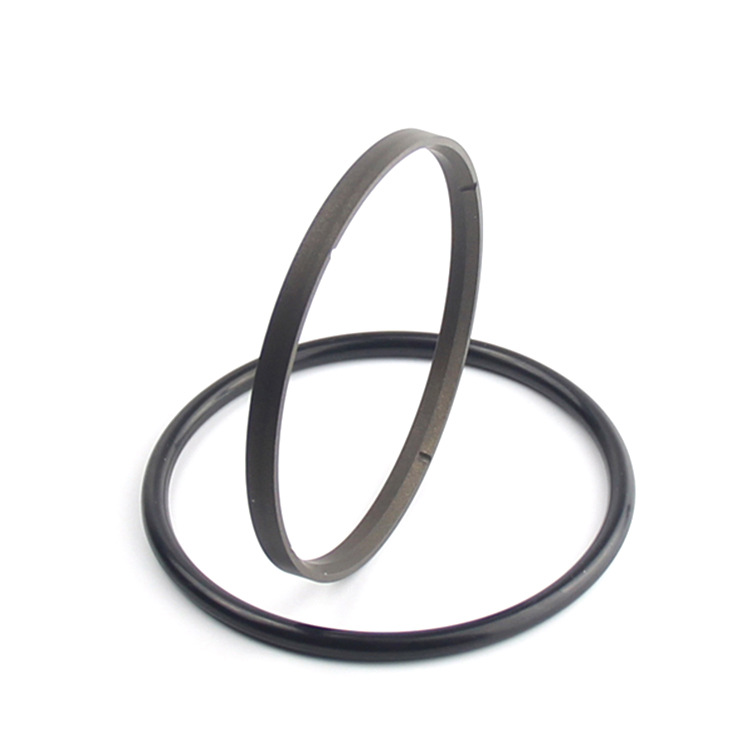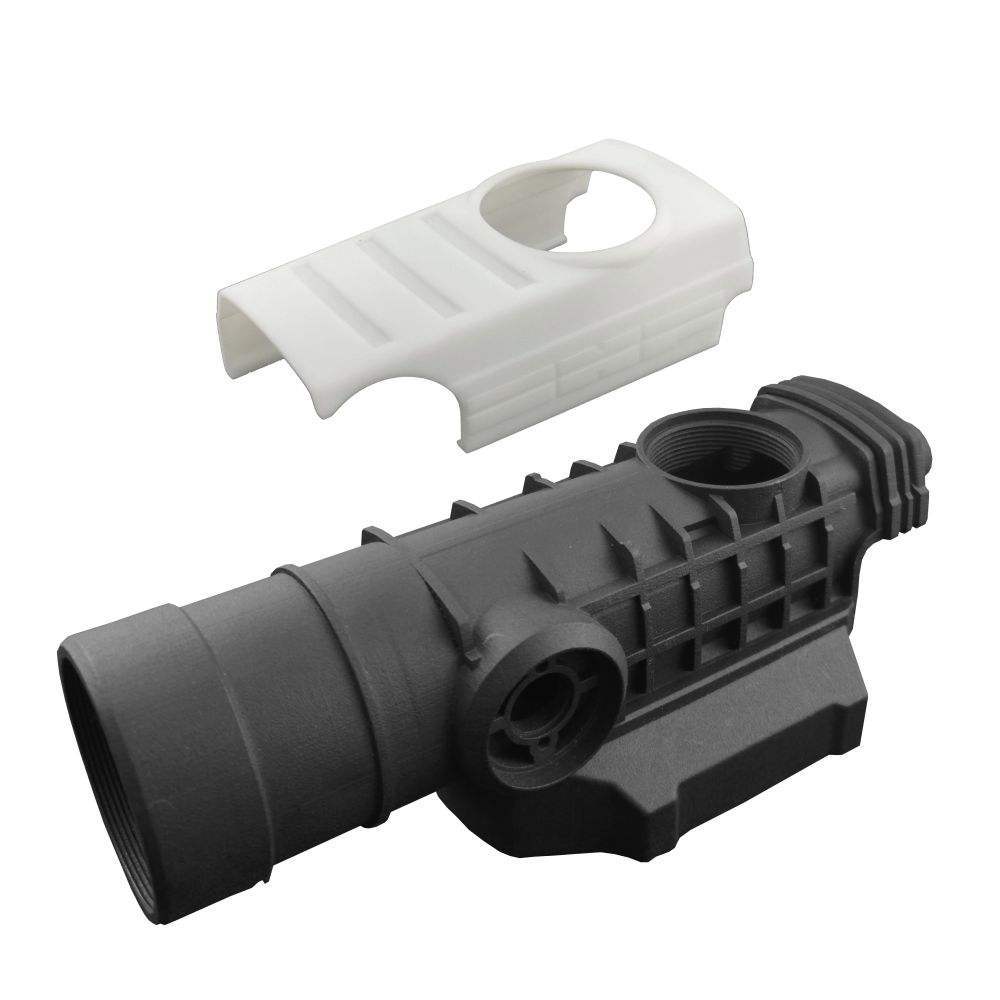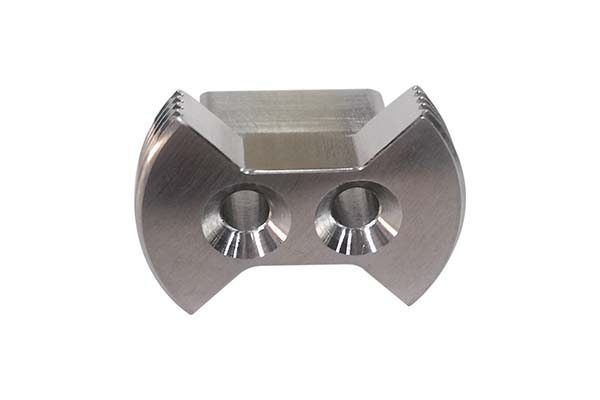Introduction
In the vast and intricate landscape of modern industry, manufacturing parts stand as the unsung heroes, the very heartbeat that sustains the rhythm of progress. These components, often small in size but colossal in importance, are the building blocks upon which countless industries are constructed. From the tiniest screws that hold together a smartphone to the massive engine components powering an airplane, manufacturing parts are everywhere, silently enabling the functions we rely on daily.
Consider the automotive industry. A single car is composed of thousands of manufacturing parts. Each part, whether it's a gear in the transmission system or a spark plug in the engine, plays a crucial role in the vehicle's performance, safety, and overall functionality. Without these precisely engineered parts, the automotive industry, which contributes significantly to the global economy, would come to a grinding halt. Similarly, in the electronics industry, the miniaturization and high - performance of devices like laptops and tablets are only possible due to the advanced manufacturing parts within them, such as microchips and capacitors.
Types of Manufacturing Parts and Their Significance
1. Mechanical Parts
Mechanical parts are the cornerstone of traditional manufacturing and play an irreplaceable role in a wide range of industrial applications. Components like gears and shafts are fundamental to the operation of countless Mechanical equipment.
Gears, for Yigu Technology example, are used to transmit power and motion between rotating shafts. They come in various types, such as spur gears, helical gears, bevel gears, and worm gears, each designed to meet specific requirements in different mechanical systems. In a car's transmission system, gears are crucial for changing the speed and torque of the engine's output, allowing the vehicle to operate efficiently at different speeds. A well - designed gear system can ensure smooth power transfer, high efficiency, and long - term reliability. According to industry statistics, in the automotive manufacturing industry, the precision of gear manufacturing can affect the fuel efficiency of a vehicle by up to 5 - 10%. If the gear teeth are not precisely machined, it can lead to increased friction, energy loss, and even premature wear of the transmission system.
Shafts are another essential mechanical part. They are used to support rotating components, such as gears, pulleys, and flywheels, and transmit torque from one part of a machine to another. In a large - scale industrial machine, like a turbine generator, the shaft needs to be extremely strong and precisely manufactured to withstand high rotational speeds and heavy loads. Any deviation in the shaft's straightness or dimensional accuracy can cause vibrations, which not only reduce the efficiency of the machine but also pose a significant safety risk. In the power generation industry, a single unplanned shutdown due to shaft - related problems can cost a power plant hundreds of thousands of dollars in lost production and maintenance costs.
2. Electronic Components
In the modern era, electronic components are at the core of the booming Electronic industry. They have revolutionized the way we live and work, enabling the development of advanced technologies such as smartphones, computers, and communication systems.
Integrated circuits (ICs), in particular, are the brains of most electronic devices. An IC is a small chip that contains thousands, millions, or even billions of electronic components, such as transistors, resistors, and capacitors, all interconnected on a single semiconductor substrate. The development of ICs has led to the miniaturization and increased functionality of electronic products. For instance, the first - generation computers in the 1940s were massive machines that occupied entire rooms and consumed a large amount of power. Thanks to the continuous advancement of IC technology, today's smartphones, which are thousands of times more powerful, can fit in the palm of your hand.
The performance of an electronic device is highly dependent on the quality and capabilities of its integrated circuits. A high - end smartphone's ability to run multiple complex applications simultaneously, handle high - definition graphics, and support fast - speed data transfer is due to its advanced ICs. The semiconductor industry has been witnessing exponential growth in IC performance over the past few decades. Moore's Law, which states that the number of transistors on a microchip doubles approximately every two years, has held true for a long time, driving the rapid development of the electronics industry. In fact, the number of transistors on a typical high - performance IC has increased from a few thousand in the early days to over 10 billion in the latest advanced chips, resulting in a significant improvement in processing power and functionality.
3. Custom - Made Parts
Custom - made parts are essential for industries that require specialized solutions to meet unique and often complex requirements. These parts are designed and manufactured according to specific customer specifications, and they play a crucial role in enabling innovation and progress in various fields.
The Aerospace industry is a prime example of an industry that heavily relies on custom - made parts. In aerospace applications, components need to meet extremely high standards of quality, reliability, and performance. For Yigu Technology example, the engine components of an aircraft are custom - designed to operate under extreme conditions, such as high temperatures, high pressures, and high rotational speeds. Each engine part is precisely engineered to ensure optimal fuel efficiency, thrust, and safety. A single custom - made turbine blade in an aircraft engine may undergo hundreds of hours of design, simulation, and testing to ensure that it can withstand the harsh operating environment. The cost of developing and manufacturing such a custom - made part can be substantial, but it is necessary to ensure the overall performance and safety of the aircraft.
Custom - made parts also enable innovation in emerging industries. In the field of medical devices, for instance, custom - made implants are designed to fit the unique anatomy of each patient, improving the effectiveness of treatments and patient outcomes. These implants are often made from advanced materials and require highly precise manufacturing techniques to ensure a perfect fit and long - term biocompatibility.
Manufacturing Processes for High - Quality Parts
1. CNC Machining
CNC (Computer Numerical Control) machining is a fundamental manufacturing process that has revolutionized the production of high - quality parts. It operates on the principle of using pre - programmed computer software to control the movement of machine tools, such as mills, lathes, and routers.
The advantages of CNC machining are numerous. First and foremost, it offers an incredibly high level of precision. CNC machines can achieve tolerances as low as ±0.001 mm, which is crucial for industries where even the slightest deviation can lead to significant issues. For Yigu Technology example, in the aerospace industry, a deviation of just a few micrometers in a turbine engine component can affect the engine's performance, fuel efficiency, and even safety. In fact, according to a study by the Society of Manufacturing Engineers, over 80% of precision parts in the aerospace industry are manufactured using CNC machining.
The repeatability of CNC machining is another key advantage. Once a program is set up, the machine can produce identical parts time and time again with consistent accuracy. This is highly beneficial for large - scale production runs. In the automotive industry, which demands large quantities of uniform parts, CNC machining is used to manufacture engine components, transmission parts, and chassis components. A major automotive manufacturer might produce hundreds of thousands of a particular part annually, and CNC machining ensures that each part meets the strict quality standards.
CNC machining also provides great flexibility. By simply changing the computer program, the machine can quickly switch between different part designs, making it suitable for both small - batch production and mass production. This flexibility allows manufacturers to respond rapidly to market demands and design changes.
2. 3D Printing
3D printing, also known as additive manufacturing, has emerged as a game - changing technology in the manufacturing landscape. It works by adding layer upon layer of material, such as plastic, metal, or ceramic, based on a digital 3D model.
One of the most significant features of 3D printing is its ability to create highly complex geometries with ease. Traditional manufacturing methods often face limitations when it comes to producing intricate designs, but 3D printing breaks through these barriers. For instance, in the medical field, 3D printing is used to create customized prosthetics that fit the unique anatomy of each patient. These prosthetics can have complex internal structures that are optimized for lightweight yet strong performance, something that would be extremely difficult to achieve with traditional manufacturing.
3D printing also shines in the area of rapid prototype making. It allows designers and engineers to quickly transform their ideas into physical models. A product development team can go from a concept design to a tangible prototype in a matter of hours or days, compared to weeks or months with traditional prototyping methods. This significantly speeds up the product development cycle and reduces costs associated with iterative design processes.
In the small - batch production of specialized parts, 3D printing is also highly advantageous. For Yigu Technology example, a small - scale motorcycle manufacturer, Droog Moto, uses 3D printing to produce custom - designed components for its high - end motorcycles. By using a 3D printer like the Raise3D Pro3 Plus HS, they can quickly produce parts with the exact specifications required for each unique motorcycle model. This not only saves time but also allows for greater customization and innovation in their products.
3. Injection Molding
Injection molding is a widely used manufacturing process, especially for the large - scale production of plastic parts. The process involves melting plastic pellets and injecting the molten plastic into a mold cavity under high pressure. Once the plastic cools and solidifies, the part is ejected from the mold.
Injection molding is highly efficient for mass production. It can produce a large number of parts in a relatively short time. For example, in the consumer electronics industry, companies that produce plastic casings for smartphones, tablets, and laptops rely heavily on injection molding. A typical injection molding machine can produce hundreds of parts per hour, depending on the size and complexity of the part. In 2018, the global production of injection - molded plastic parts reached a staggering 2248 million tons, accounting for 37.2% of the total plastic product output, according to industry reports.
The parts produced by injection molding have high dimensional accuracy. Modern injection molds can be manufactured with extreme precision, ensuring that each part has consistent dimensions. This is crucial for parts that need to fit together precisely, such as the components in a complex electronic device. Additionally, injection molding allows for the production of parts with complex shapes and fine details, making it suitable for a wide range of applications, from toy manufacturing to automotive interior components.
Conclusion
In Yigu Technology conclusion, manufacturing parts are indisputably the heartbeat of industry. They are the fundamental elements that enable the creation of products across a vast spectrum of industries, from the traditional mechanical and automotive sectors to the cutting - edge electronics and aerospace industries.
Mechanical parts form the backbone of traditional machinery, ensuring the smooth transfer of power and motion. Their precision and reliability are crucial for the efficient operation of industrial equipment. Electronic components, on the other hand, have revolutionized modern life, powering the digital devices we rely on daily and driving the development of advanced technologies. Custom - made parts, with their ability to meet unique requirements, are essential for innovation in specialized fields such as aerospace and medical devices.
The manufacturing processes, including CNC machining, 3D printing, and injection molding, each offer distinct advantages in terms of precision, complexity, and production volume. These processes are constantly evolving, driven by technological advancements and the need for more efficient and cost - effective production methods.
FAQ
1. What are the most common manufacturing processes for high - quality parts?
The most common manufacturing processes for high - quality parts include CNC machining, which offers high precision and repeatability; 3D printing, known for its ability to create complex geometries and rapid prototyping; and injection molding, highly efficient for mass - producing plastic parts with high dimensional accuracy.
2. How do manufacturing parts drive innovation in different industries?
Manufacturing parts drive innovation by enabling the development of new and improved products. In the aerospace industry, custom - made parts allow for more fuel - efficient engines and safer aircraft designs. In the electronics industry, advanced electronic components like smaller and more powerful integrated circuits lead to the development of more compact and feature - rich devices.
3. Why is precision important in manufacturing parts?
Precision is crucial in manufacturing parts because even the slightest deviation can affect the performance, functionality, and safety of the final product. In industries such as aerospace and automotive, where parts operate under extreme conditions, precision ensures reliable operation, reduces the risk of failure, and improves overall efficiency.
